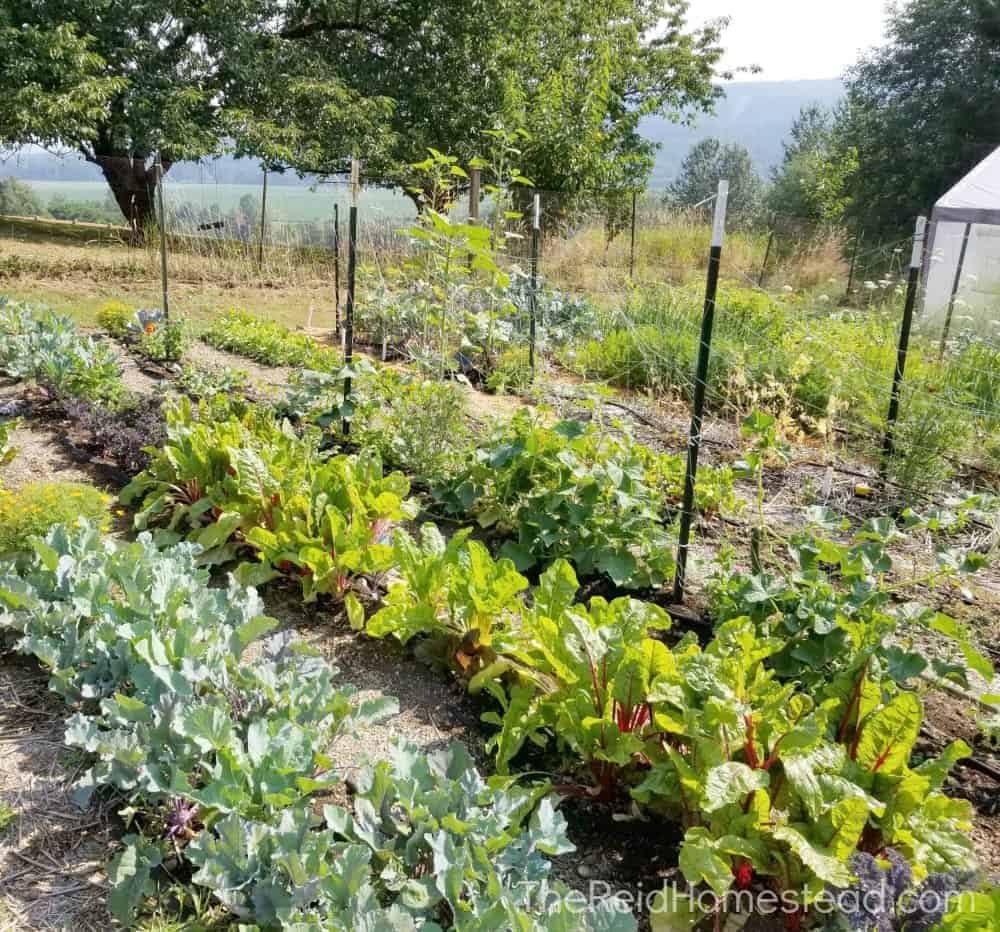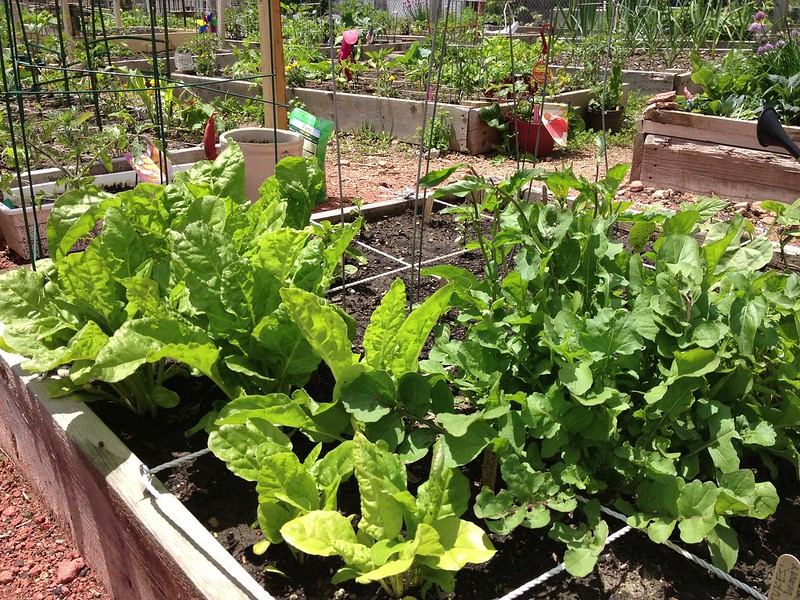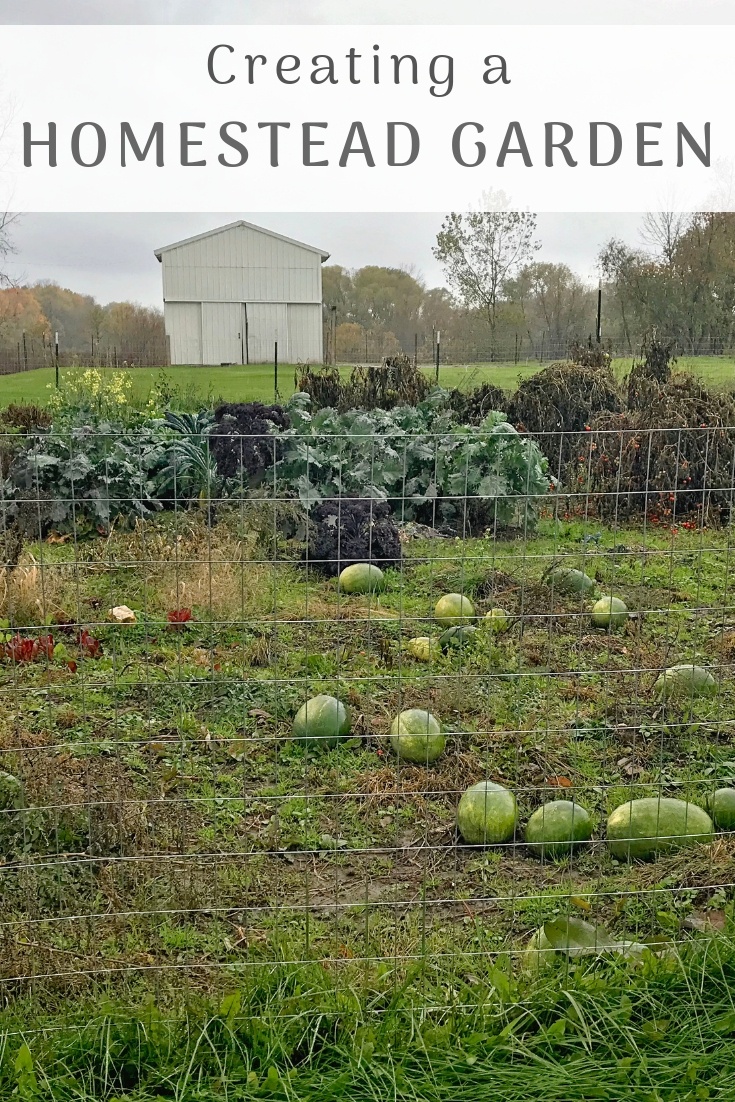A Complete Overview of Homestead Gardening
Learn Just How to Grow a Growing Horticulture Atmosphere for All Ability Degrees
Developing a growing yard is a diverse undertaking that can be welcomed by people at any type of skill level. By taking a look at crucial parts such as soil wellness, suitable plant selection, and seasonal care regimens, one can develop a sustainable gardening practice that yields rewarding outcomes. Comprehending just how to assess and improve your garden room lays the structure for success. Yet, the details of applying these principles typically present obstacles that can prevent also the most passionate beginner. What techniques can be utilized to get rid of these obstacles and cultivate a genuinely thriving atmosphere?
Recognizing Your Yard Room
In the realm of gardening, recognizing your yard space is critical to cultivating a thriving landscape (Homestead Gardening). The initial step in this endeavor includes examining the particular features of your plot. Variables such as dirt make-up, sunshine direct exposure, and drain play important duties in identifying the suitability of your yard for numerous types of plants
Begin by performing a soil examination to analyze pH levels and nutrient web content, which will certainly notify any essential modifications. In addition, observe how much sunlight your area receives throughout the day. Various plants have varying light demands; some thrive completely sun, while others prefer complete or partial color.

Lastly, review the readily available area and strategy as necessary. This consists of thinking about plant elevations and spread out to ensure adequate space for growth without overcrowding. By obtaining a thorough understanding of your yard area, you set the foundation for a successful gardening experience.
Picking the Right Plant Kingdoms
Choosing the right plants for your garden requires careful factor to consider of different variables, including climate, soil problems, and individual choices. Beginning by evaluating your neighborhood environment, as specific plants grow in certain temperature level varieties and weather condition patterns. Exotic plants may not survive in colder regions, while sturdy perennials can withstand extreme winter seasons.

Consider your individual choices, including visual allure and upkeep degrees. Make a decision whether you prefer lively blossoms, rich vegetation, or edible crops. Furthermore, consider the time and initiative you want to invest in plant treatment, as some varieties demand even more interest than others.
Last but not least, think of the yard's layout and light exposure. Sunshine patterns throughout the day will certainly influence your options-- some plants call for complete sun, while others flourish in color. By attentively assessing these aspects, you can develop a efficient and harmonious yard customized to your setting and tastes.
Important Gardening Tools
A fully equipped garden enthusiast can dramatically boost their horticulture experience and end results. Crucial horticulture devices are basic to growing an effective yard, regardless of skill level. Initially, a tough spade is invaluable for digging and transforming dirt, while a trowel permits for exact growing and transplanting of smaller sized plants.
Trimming shears are important for maintaining plant health by getting rid of thick or dead branches, promoting better air blood circulation and development. Furthermore, a hand rake is helpful for clearing particles and freshening the dirt, guaranteeing optimal problems for plant roots.
Gardening gloves shield hands from sores, thorns, and chemicals, making them a vital accessory. A watering can or tube with an adjustable nozzle guarantees that plants obtain appropriate moisture without overwatering.
Last but not least, think about buying a strong wheelbarrow for transferring dirt, plants, and tools around the yard effectively. By assembling a high quality toolkit that includes these necessary items, garden enthusiasts can tackle numerous tasks with self-confidence and convenience, paving the means for a flourishing horticulture environment. Bear in mind, the right tools not only boost efficiency yet also improve the total enjoyment of the horticulture procedure.
Soil Prep Work and Upkeep
Quality soil is the foundation of an effective garden, making appropriate prep work and upkeep important for healthy and balanced plant growth. The primary step in dirt preparation includes checking its pH and nutrient degrees. This can be achieved with dirt screening kits offered at horticulture facilities or via professional services. Based on the examination results, modifications can be made to optimize soil conditions for certain plant needs.
Including natural issue, such as garden compost or well-rotted manure, is important for enhancing soil structure and fertility. This not only boosts nutrient schedule however likewise promotes valuable microbial activity. Furthermore, proper drain is important; hefty clay soils may need the addition of sand or perlite to boost aeration.
Regular upkeep of soil wellness consists of mulching, which saves wetness and reduces weeds. Rotating crops each year aids stop nutrient find here exhaustion and reduces pest and condition dangers. It is likewise important to stay clear of over-tilling, which can interfere with soil structure and injury helpful microorganisms.
Ultimately, a regular dedication to soil prep work and maintenance will bring about a growing garden, making certain that plants get the important nutrients they need for durable growth and productivity.
Seasonal Treatment and Management

In spring, emphasis on planting brand-new seeds and seedlings, while additionally conducting dirt tests to change nutrient deficiencies. On a regular basis look for illness and here are the findings pests, as these can multiply with the warming climate. Summertime needs consistent watering and mulching to maintain dampness, along with trimming for far better air flow.
As fall approaches, it's time to prepare the garden for inactivity. This consists of harvesting crops, cleaning up debris, and applying a layer of compost to shield plant roots from frost. Think about growing cover crops to enrich the soil throughout the wintertime months.
Lastly, wintertime care is crucial. Examine structures like greenhouses for damages and make certain appropriate insulation for delicate plants. Consistently keep track of for bugs that may look for refuge inside your home. By adjusting your horticulture practices to the seasonal cycles, you can foster a growing atmosphere that sustains plant wellness year-round.
Final Thought
To conclude, growing an effective yard needs a detailed understanding of necessary concepts such as dirt structure, sunlight exposure, and suitable plant selection. Implementing effective dirt prep work and upkeep methods, together with utilizing the right tools, cultivates an optimum expanding atmosphere. Regular seasonal treatment and monitoring methods additionally improve plant health and performance. By sticking to these foundational guidelines, people in any way skill levels can attain a growing garden that adds to both visual pleasure and environmental sustainability.
Choosing the right plants for your yard requires cautious consideration of different elements, consisting of climate, dirt conditions, and individual preferences. Conduct a dirt examination to determine pH degrees and nutrient material, which will assist you in selecting plants that will prosper in your garden.Last but not least, think about spending in a sturdy wheelbarrow for moving soil, plants, and devices around the yard efficiently.Quality dirt is the structure of a successful garden, making appropriate preparation Extra resources and upkeep essential for healthy and balanced plant development. Homestead Gardening.In conclusion, growing an effective garden needs a comprehensive understanding of crucial principles such as soil make-up, sunshine exposure, and suitable plant option